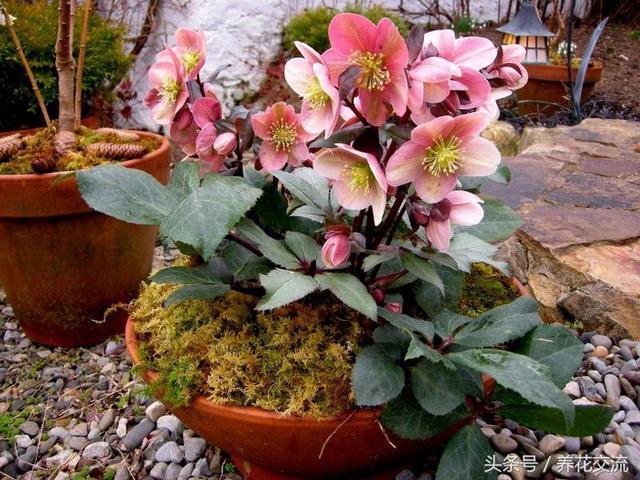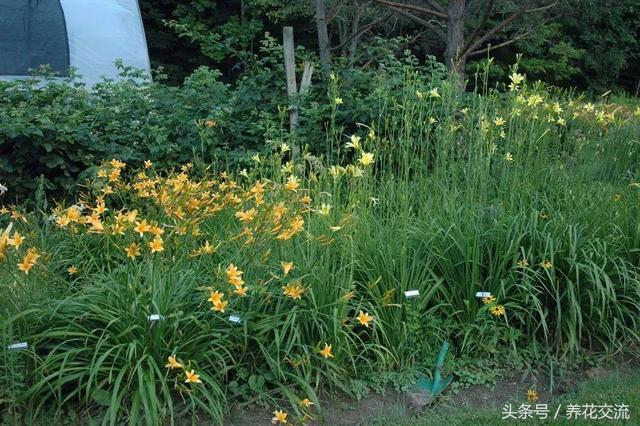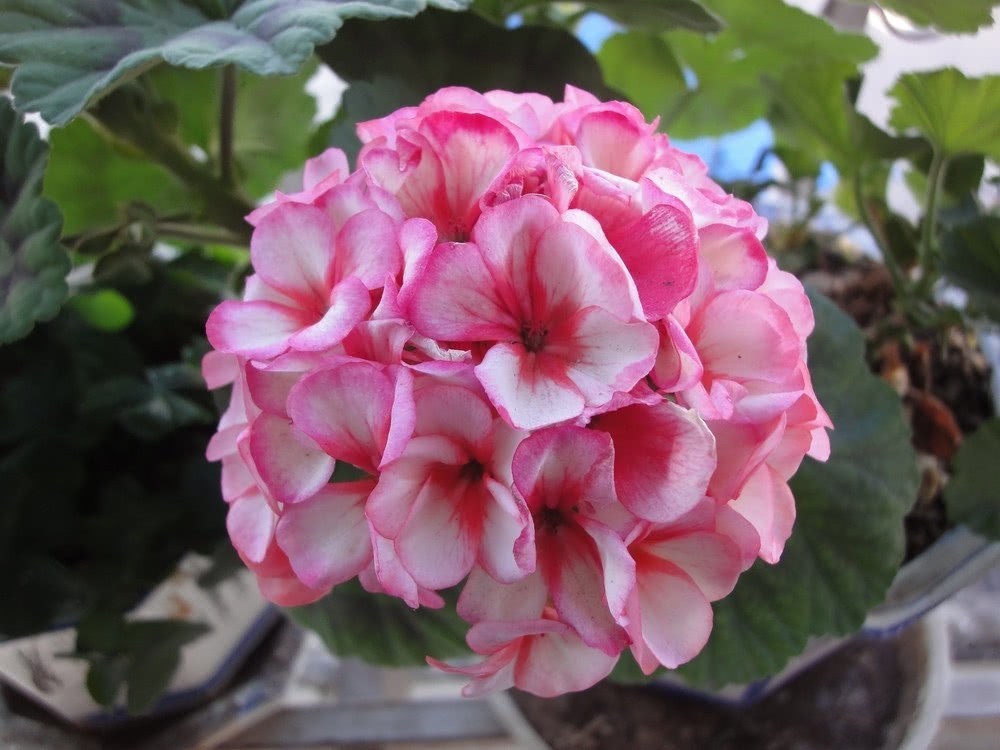The cold-resistant sneeze root grass can blossom all the time in winter and spring in the yard.

The plant introduced below is sneeze root grass, which is generally called iron chopsticks. It is very suitable for planting cold-resistant plants in the north. It can be planted in outdoor courtyards, and there is no need to move back to indoor maintenance in winter. It can produce beautiful and charming flowers during frost in winter and spring.
When other plants are dormant and withered in the cold winter, they can produce charming and delicate flowers in the snow and ice, usually blooming in January and lasting into spring.
There are many ornamental varieties of sneeze root grass, it belongs to Ranunculus, there are many hybrid varieties, it is suitable for horticultural ornamental plants.
It is also very easy to plant Euphorbia angustifolia. It has strong cold tolerance. The planting environment should be kept moist, it does not like excessive drought, and the cultivated soil should have a certain water retention capacity.
The most important problem to pay attention to in cultivating sneeze root grass is the hot summer. It doesn't like the hot and dry environment. If the temperature is too high, it will become very fragile and easily lose leaves, so it must be kept in a shady environment in summer to avoid exposure to the sun.
In summer, sneeze root grass should be raised in a shady place, such as a shady tree or a shady balcony. Still, we should pay attention to avoid direct contact with its juice, especially when transplanting, if you accidentally come into contact with the juice in its branches, some friends are easy to cause skin allergies and skin itching. Be sure to wear gardening gloves when transplanting.
Sneeze root grass has the characteristics of self-sowing. If it is planted in the yard, it can reproduce on its own. After the seeds fall, it will grow seedlings and slowly reproduce itself into a large area.
Sneeze root grass blossoms in winter and spring and can harvest seeds in early summer. Its withered flowers can be fixed with a small net bag. After its pods form seeds, they can be picked, usually sown in autumn.
The root has little demand for fertilizer, but to give fertile, loose and well-drained humus soil, peat soil can be mixed with compost soil, some river sand or perlite can be added appropriately, and rotten leaf soil can also be used instead.
Another good thing about the maintenance of sneeze root grass is that there are few diseases and insect pests, which do not need to be managed. The most important thing to pay attention to is shade and cooling when the summer is hot. If the temperature is too high, the leaves will easily dry up and dehydrate, and serious ones will lead to wilting.
Sneeze root grass is a very beautiful and charming perennial herb. if you choose to sow and reproduce, you need to plant for two or three years before you can blossom. If you cultivate it directly with seedlings, you will be able to blossom in winter and spring the following year.
- Prev

Cauliflower grown in the yard to produce brilliant yellow flowers without constant care
If you want to plant some perennials that can blossom without regular care, preferably non-toxic and harmless, but also can be used to eat flowers, then cauliflower can meet your needs, it has a very strong drought tolerance, like enough.
- Next

Autumn flower season, three kinds of gold soil to help you
Autumn is here, and it's the peak season for flower cultivation. I don't know if the flower friends are ready for a big fight. Are you ready for the most important flower soil for flower cultivation? Only the right flower soil can raise flowers well. Today, I will share with you a few...
Related
- Wuhan Hospital Iron Tree Blooming Result Was Instantly Frightened by the Gardener Master
- Which variety of camellia is the most fragrant and best? Which one do you like best?
- What is the small blue coat, the breeding methods and matters needing attention of the succulent plant
- Dormancy time and maintenance management of succulent plants during dormancy
- Minas succulent how to raise, Minas succulent plant pictures
- What are the varieties of winter succulent plants
- How to raise succulent plants in twelve rolls? let's take a look at some experience of breeding twelve rolls.
- Attention should be paid to water control for succulent plants during dormant period (winter and summer)
- Watering experience of twelve rolls of succulent plants
- Techniques for fertilizing succulent plants. An article will let you know how to fertilize succulent plants.

